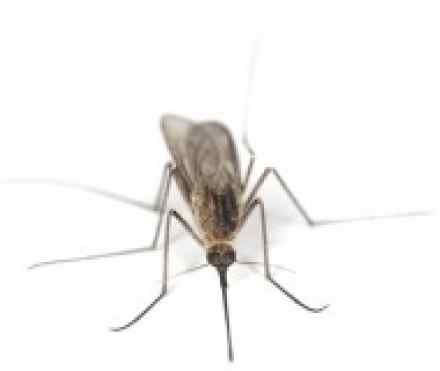
What is it?
Yellow fever is a haemorrhagic fever caused by a virus spread by a particular species of mosquito. It's most common in areas of Africa and South America, affecting travelers to and residents of those areas.
In mild cases, yellow fever causes fever, headache, nausea and vomiting. But yellow fever can become more serious, causing bleeding (haemorrhaging), heart, liver and kidney problems. Up to 50 percent of people with the more severe form of yellow fever die of the disease.
There's no specific treatment for yellow fever. But getting a yellow fever vaccine before traveling to an area in which the virus is known to exist can protect you from the disease.
Symptoms
During the first three to six days after you've contracted yellow fever — the incubation period — you won't experience any signs or symptoms. After this, the virus enters an acute phase and then, in some cases, a toxic phase that can be life-threatening.
Acute phase
Once the yellow fever virus enters the acute phase, you may experience signs and symptoms including:
- Fever
- Headache
- Muscle aches, particularly in your back and knees
- Nausea, vomiting or both
- Loss of appetite
- Dizziness
- Red eyes, face or tongue
These signs and symptoms usually improve and are gone within several days.
Toxic phase
Although signs and symptoms may disappear for a day or two following the acute phase, some people with acute yellow fever then enter a toxic phase. During the toxic phase, acute signs and symptoms return and more-severe and life-threatening ones also appear. These can include:
- Yellowing of your skin and the whites of your eyes (jaundice)
- Abdominal pain and vomiting, sometimes blood
- Decreased urination
- Bleeding from your nose, mouth and eyes
- Heart dysfunction (arrhythmias)
- Liver and kidney failure
- Brain dysfunction, including delirium, seizures and coma
The toxic phase of yellow fever can be fatal.
Causes
Yellow fever is caused by a virus that is spread by the Aedes aegypti mosquito. These mosquitoes thrive in and near human habitations where they breed in even the cleanest water. Most cases of yellow fever occur in sub-Saharan Africa and tropical South America.
Humans and monkeys are most commonly infected with the yellow fever virus. Mosquitoes transmit the virus back and forth between monkeys, humans or both. When a mosquito bites a human or monkey infected with yellow fever, the virus enters the mosquito's bloodstream and circulates before settling in the salivary glands. When the infected mosquito then bites another monkey or human, the virus then enters the host's bloodstream, where it may cause illness.
Risk factors
Traveling to Africa or South America
Traveling to an area in which the yellow fever virus is known to be present puts you at risk of the disease. These areas include sub-Saharan Africa and tropical South America.
Even if there aren't current reports of infected humans in these areas, it doesn't mean you're risk-free. It's possible that local populations have been vaccinated and are protected from the disease, or that cases of yellow fever just haven't been detected and officially reported.
If you're planning on traveling to these areas, you can protect yourself by getting a yellow fever vaccine at least 10 to 14 days prior to traveling.
Anyone can be infected with the yellow fever virus, but older adults are at greater risk of getting seriously ill.
Complications
Yellow fever results in death for 20 to 50 percent of those who develop severe disease. This usually occurs within two weeks from the start of infection. Complications during the toxic phase of a yellow fever infection include kidney and liver failure, jaundice, delirium and coma.
People who survive the infection recover gradually over a period of several weeks to months, usually without significant organ damage. During this time a person may experience fatigue and jaundice. Other complications include secondary bacterial infections, such as pneumonia, or blood infections.
Diagnosis
Diagnosing yellow fever based on signs and symptoms can be difficult because its early signs and symptoms can be easily confused with those of other diseases, such as malaria, typhoid, dengue fever and other viral hemorrhagic fevers. To diagnose your condition, your doctor will likely ask about your medical and travel history and order blood tests.
If you have yellow fever, your blood may reveal the virus itself. If not, blood tests known as enzyme-linked immunosorbent assay (ELISA) and polymerase chain reaction (PCR) also can detect antigens and antibodies specific to the virus. Results for these tests may take several days.
References
http://www.who.int/mediacentre/factsheets/fs100/en/
https://www.cdc.gov/yellowfever/
http://www.nhs.uk/Conditions/Yellow-fever/Pages/Introduction.aspx
http://www.webmd.com/a-to-z-guides/yellow-fever-symptoms-treatment

